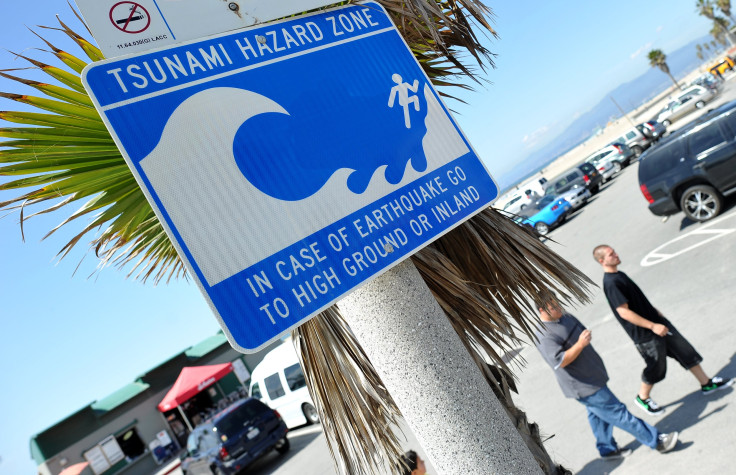'Megathrust' Earthquake And Tsunami Could Ravage New Zealand

A massive earthquake could lead to a devastating tsunami that has the potential to wreak havoc on New Zealand, scientists warned. A so-called “megathrust” earthquake could be possible as a hazardous faultline becomes more active, according to the Epoch Times.
The Hikurangi subduction zone, the boundary between the Australian and Pacific tectonic plates, could produce a magnitude 9.0 earthquake, scientists at the GNS Science research institute said. A subsequent tsunami could make its way to the coast in just seven minutes, far too fast for residents to adequately evacuate tsunami zones. Many heavily populated areas, such as Napier, Gisborne, Nelson, Wellington, Blenheim and Palmerston North, are in regions above the Hikurangi subduction zone.
“The Hikurangi subduction zone is potentially the largest source of earthquake and tsunami hazard in New Zealand but there is still much to learn about it,” GNS Science said in a statement.
Researchers said they were working to determine just how much of a risk the Hikurangi subduction zone is to New Zealand. Similar subduction zones were responsible for many of the most devastating earthquakes around the world, including the one that ravaged Japan in 2011, causing a tsunami and subsequent nuclear disaster.
A portion of the Hikurangi zone ruptured in 1947, causing a 7.2 magnitude earthquake. Although the epicenter of that earthquake was far off the coast, a subsequent tsunami of around 32 feet made its way to land, damaging homes in its path.
“Subduction zone earthquakes often produce large tsunamis because there are large and rapid displacements of the seafloor,” GNS earthquake geologist Kate Clark told the New Zealand Herald. “The Hikurangi subduction zone is hazardous because we know that the plates are stuck together in places and are building up stress that will be relieved in future earthquakes.”
Scientists are using GPS technology to track the movement of land above the subduction zone. Such mapping has shown that parts of the region are “stuck together,” Clark said, accumulating stress that could potentially be released by way of a massive earthquake. That earthquake would displace immense amounts of water, causing a towering tsunami. Tsunamis can move at hundreds of miles per hour, ripping through land and buildings with devastating consequences.
© Copyright IBTimes 2024. All rights reserved.












